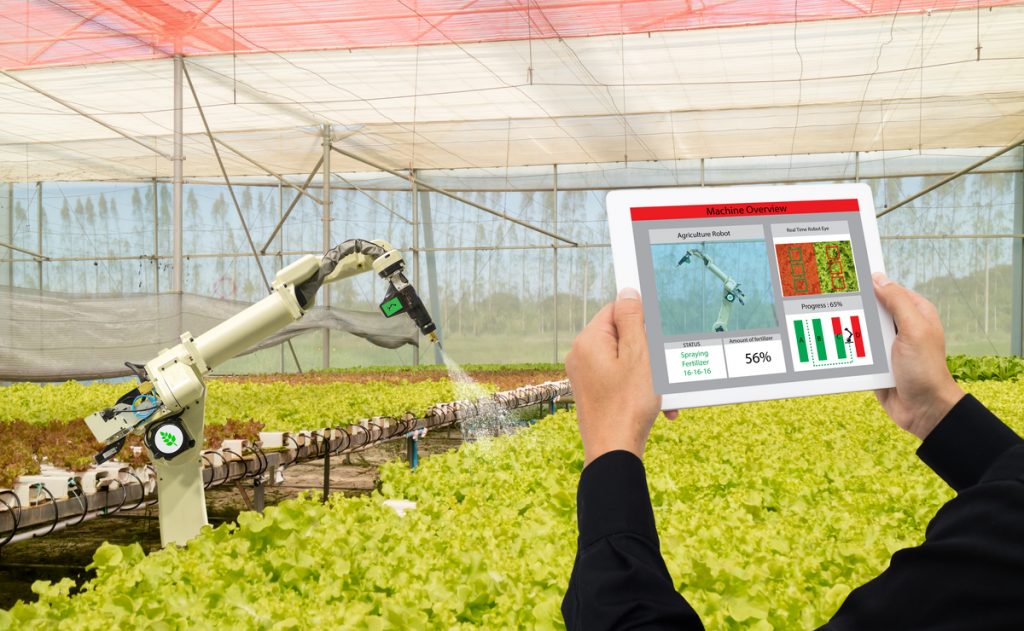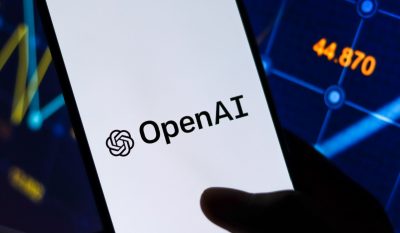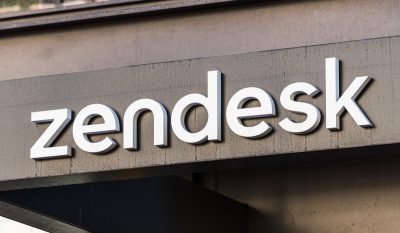Highlights:
- Blue River Technology used enhanced Python-driven ML tools to drive robot farming.
- Farming robots are trained using computer vision and PyTorch framework to detect and map weeds in the field.
Novel artificial intelligence (AI)-based farming robots are being trained using the PyTorch framework. These enhanced tools are specially designed to support farmers and produce high-quality food with fewer resources.
Blue River Technology’s See and amp; Spray machine is utilizing the advanced ML (machine learning) framework called PyTorch and computer vision to train robotic crop sprayers to map and find weeds as they pass across a field. This enhanced technology uses a superior-resolution camera to instruct robots to spray herbicide and destroy weeds without harming crops. Thus, using Python-powered ML tools will help farmers increase yield and maintain food quality.
Each frame captured by the camera is scrutinized by a PyTorch-driven neural network to pinpoint weeds and crops and locate them. The technology will help farmers to meet the rising food demand across the globe, even with less water and fewer land resources.
Facebook AI was the original inventor of PyTorch, before being open sourced by the organization in 2017. Later, the AI library was selected by Microsoft that proclaimed in July 2020 that it would merge with Facebook AI as a maintainer of the program, becoming the Windows build technical caretaker.
PyTorch, a Python programming language, is an open-source deep-learning context created to be modular and flexible for research. The library enables creators to install, build, and complement novel AI models speedily.
“PyTorch was used to train its See and amp; Spray robotic farming system owing to its flexibility and the fact that it was easy to debug,” said Chris Padwick, Director of Computer Vision and Machine Learning at Blue River Technology. “New team members can quickly get up to speed, and the documentation is thorough, and the framework gives us the ability to support production model workflows and research workflows simultaneously.”
Usually, this can be a key challenge, as all weeds are not visible to the naked eye, elucidated Padwick. By utilizing robotics technology and ML might offer a more accurate technique of weeding crops, thus reducing the use of herbicide to control weeds. Ergo, encouraging farmers to follow sustainable farming practices.
To instruct its ML models, Blue River Technology collaborated with agronomists and weed scientists to make sure that the weeds were labeled correctly. The company utilizes a Weights and amp; Biases platform for regular testing to enhance PyTorch model performance. Also, it enables engineers to envision PyTorch models during training.
Padwick said, “We have built a set of internal libraries on top of PyTorch, which allow us to perform repeatable machine-learning experiments.” Further, he added, “At the end of the day, we need to build the most accurate and fastest models for our field machines. PyTorch enables us to iterate quickly, then productionize our models and deploy them in the field.”
About Blue River Technology
Blue River Technology is constructing the next generation of smart agriculture equipment. The company has introduced a novel See and amp; Spray technology to manage crops at a plant-level. Utilizing artificial intelligence and computer vision, the company’s smart machines can detect, differentiate, and make management decisions about every single plant in the field. Blue River, in collaboration with John Deere, will explore and expand a number of innovative new developments to help and empower those linked to the land.














